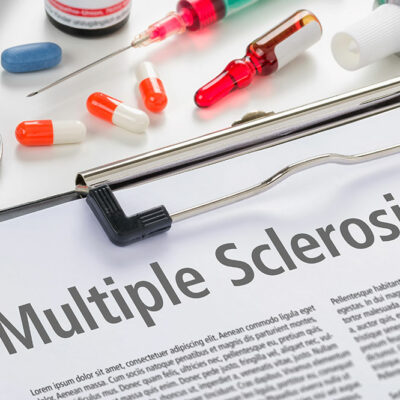Important things to know about kidney and liver-related diseases

The kidney and liver are two important organs in your body. You must keep them healthy to maintain a happy and safe life. However, you should also be aware of some important facts about the liver and kidney-related diseases so that you can visit your doctor before any health-related issue becomes more serious.
Kidney and liver diseases and stages
Chronic kidney disease is a medical condition that affects your kidneys. However, it progresses in five different stages and usually does not affect both the kidneys at once. Before learning about the stages of this illness, you need to first understand what Glomerular Filtration Rate (GFR) is. The age, gender, race, and serum creatinine are taken into account to calculate a person’s GFR, which determines the stage of chronic kidney disease. The serum creatinine is a type of waste product, which comes from the body’s muscle activity. As the condition of your kidney worsens, it filters less and less creatinine. The GFR calculation uses this to determine the kidney condition.
- Stage 1 : GFR > 90 ml/min
- Stage 2 : GFR = 60-89 ml/min
- Stage 3A : GFR = 45-59 ml/min
- Stage 3B : GFR = 30-44 ml/min
- Stage 4 : GFR = 15-29 ml/min
- Stage 5 : GFR <15 ml/min
When it comes to the liver, the diseases and damage can occur due to genetics, alcohol abuse, or infection. It can lead to liver failure. It is a very serious condition that can lead to death. Liver failure happens in five stages.
- Inflammation : The liver gets enlarged
- Fibrosis : Healthy tissues are replaced by scar tissues
- Cirrhosis : Severe level of scarring occurs and the kidney starts to fail
- End-stage liver disease (ESLD) : The liver is irreversibly damaged and requires a transplant
- Liver cancer : The unhealthy cells start to multiply
Diagnosis
The issue related to the kidney and liver can be diagnosed with medical tests. Diagnosis for chronic kidney disease involves multiple tests like blood, urine, imaging, and testing kidney tissue by collecting a sample. These tests can determine the amount of waste present in your blood, the cause of the kidney disease, and the health of the kidney tissues.
The diagnosis of liver failure can be done using similar tests. Blood tests are done to determine if your liver is functioning properly, imaging is used to understand the cause of your liver-related issues or if the liver is damaged, and liver tissue tests can help understand why your liver is failing.
Prevention
The kidney and liver diseases can be prevented by taking good care of your health. Some of the most effective ways to keep your kidney healthy are to drink enough water, eat healthily and lower the amount of snacking, exercise regularly, stop smoking and drinking, get seven-eight hours of sleep, and keep diabetes, heart disease, and blood pressure under control. On the other hand, to lower the chances of liver failure, you should get a hepatitis B vaccination, avoid alcohol, stay active, maintain a healthy weight, never take medicines more than the prescribed amount, and visit your doctor for yearly physical examinations.
By following these instructions thoroughly, you can maintain good kidney and liver health and lead a long, happy life.










